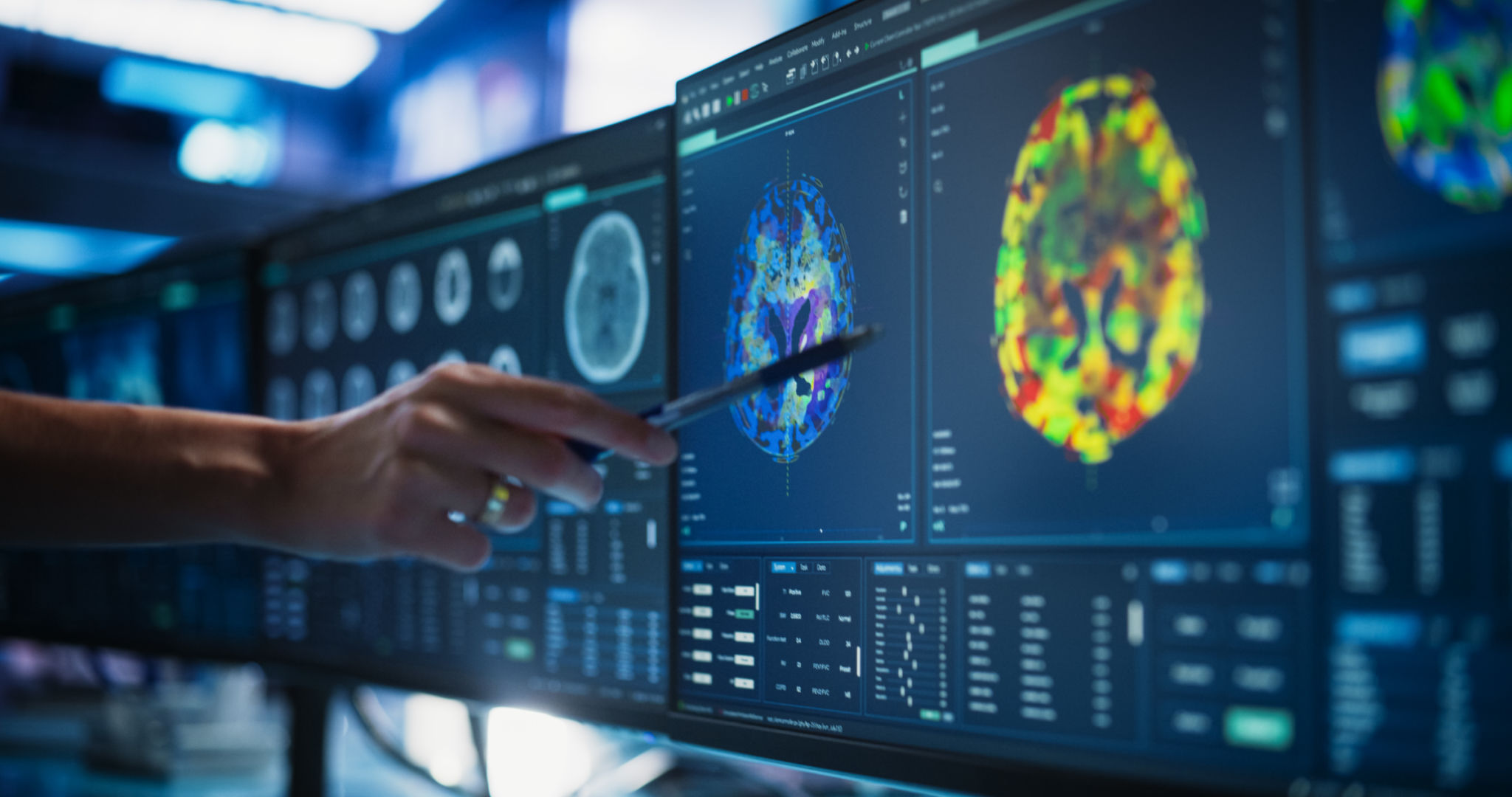Understanding MRI: Common Myths and Facts
Introduction to MRI
Magnetic Resonance Imaging, commonly known as MRI, is a non-invasive diagnostic tool that has revolutionized the field of medical imaging. Despite its widespread use, there are many myths and misconceptions about MRI that often cause unnecessary anxiety for patients. This post aims to dispel these myths by providing factual information about MRI technology and its applications.

How MRI Works
At its core, an MRI scanner uses a strong magnetic field and radio waves to create detailed images of the organs and tissues within the body. Unlike X-rays or CT scans, MRI does not use ionizing radiation, making it a safer option for repeated imaging. The process is painless and typically lasts between 15 to 90 minutes, depending on the area being examined.
Myth: MRI is Dangerous
One of the most common myths about MRI is that it is dangerous. This misconception often arises from the use of strong magnets. However, MRIs are completely safe for the majority of patients. The magnetic field and radio waves used in MRI do not cause harm to the body. The primary safety concern is ensuring that patients do not have metal implants or devices that could be affected by the magnet.

Facts About MRI Safety
Before undergoing an MRI, patients are thoroughly screened for any metal implants or devices, such as pacemakers or cochlear implants, which might be impacted by the magnet. In most cases, patients with these devices can still undergo MRI with special precautions. It's crucial to inform your healthcare provider about any implants or medical devices you have before the scan.
Myth: MRI is Uncomfortable
Another common myth is that undergoing an MRI is uncomfortable or even claustrophobic. While it is true that some patients may feel anxious in the confined space of an MRI machine, there are ways to alleviate this discomfort. Open MRI machines, which do not fully enclose the patient, are available in many facilities. Additionally, wearing an eye mask or listening to music can help create a more relaxing experience.

The Importance of MRI in Diagnosis
MRI plays a crucial role in diagnosing a wide range of conditions, from brain tumors to spinal cord injuries and joint abnormalities. Its ability to provide high-resolution images of soft tissues makes it invaluable for identifying issues that other imaging methods might miss. Early detection through MRI can significantly improve treatment outcomes, highlighting its importance in modern medicine.
Myth: MRI is Only for Serious Conditions
Some people believe that MRIs are reserved only for serious or life-threatening conditions. In reality, MRIs are used for a variety of diagnostic purposes, including routine check-ups and monitoring chronic conditions. They provide doctors with detailed insights into the body's inner workings, enabling them to make informed decisions about treatment plans.
Conclusion
Understanding the facts about MRI can help alleviate fears and misconceptions surrounding this vital diagnostic tool. By dispelling myths and highlighting the benefits of MRI, patients can approach their scans with confidence and ease. Always consult with your healthcare provider if you have concerns or questions about undergoing an MRI, as they can provide personalized advice based on your medical history.
